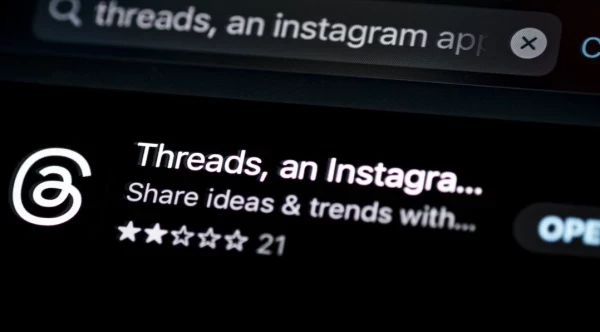5 Steps to Succeeding with Social Customer Care
Add bookmarkReady to move beyond the basics of social customer service? Join us for the 4th Social Media for Customer Management Summit, our FREE virtual event featuring stand-out speakers. Register Now!
Just when contact center professionals were starting to get a handle on email and chat, social media came along and changed the customer care rules – again.
Sort of. I mean, it’s not like none of the existing principals of service and support apply to social customer care. You still have to be courteous, professional and accessible, and you still have to provide accurate information that resolves customers’ issues before customers begin to hate you a lot. However, you are now performing on a public stage – and if a customer does start to hate you a lot, it’s rarely if ever kept a secret.
With social media, contact centers can no longer just wait for customer issues to arrive; centers now also have to carefully "listen" for customer issues to arise. Often, a social customer is talking about a problem with your company, but they aren’t talking to you. Instead they are talking to whomever will listen. It’s your job to make sure you are among those listeners – and to engage and assuage the customer promptly.
If you haven’t already gotten into the social customer care game, it’s time to do so now. Here are several starter tactics to help you and your contact center look like you know what you’re doing.
Map out your social strategy. When determining just how to incorporate social media into your contact center’s customer care strategy, answer the following critical questions:
- Who will head up our social customer care strategy?
- What will agents "listen" for when monitoring the social media landscape?
- How and under what conditions will agents engage with customers via social sites?
- How will we use social customer insight and feedback to improve processes, products and customer service?
- How will we keep social agents from spending all day watching cat videos on YouTube?
"Socialize" your agents. Just because the majority of your frontline staff has practically grown up in the Twitterverse doesn’t mean they inherently understand how to serve and support customers in a social media environment. Even the most proficient tweeters and bloggers among your agents still need to be trained and coached on your contact center’s specific social customer care strategy and practices.
Harness the power of an advanced social media monitoring solution. Much of social customer care involves "listening" to what customers are saying across social sites. Using one of the many social media monitoring solutions on the market is essential for such tasks. The best ones make it easy for agents to engage with customers and provide proactive service as well as damage control. Some solutions feature advanced text analytics that can detect key words and phrases relevant to your specific organization.
Create your own engaging online community for customers. A winning social service strategy extends far beyond Twitter and Facebook. Many leading customer care organizations have created their own online communities, which are specifically designed for customers to interact with one another and share experiences. These communities serve as an invaluable source of customer feedback and insight for the company. In addition, they help reduce the number of routine customer calls, emails and chats that agents have to handle since customers can get many of their questions answered by community peers as well as by reading helpful tutorials and blogs provided proactively by the company. If you see that a community peer is doing an exemplary job of fielding fellow customers' questions, consider kidnapping him/her and forcing him/her to work as an agent in your center.
Be "antisocial" at the right times. You shouldn’t break up with your girlfriend or boyfriend in public, and you shouldn’t interact with frustrated customers via social sites. Some things are better handled in a private setting. While leading social customer care practitioners empathetically acknowledge angry customers’ dissatisfaction out in the open, their agents then invite said customers to interact via chat, email or phone to resolve their issue or complaint behind closed doors. Most companies find that when they handle such interactions well, soon the customer is back on Twitter or Facebook – this time touting how alert and customer-centric the organization is.
Ready to move beyond the basics of social customer service? Join us for the 4th Social Media for Customer Management Summit, our FREE virtual event featuring stand-out speakers. Register Now!




















